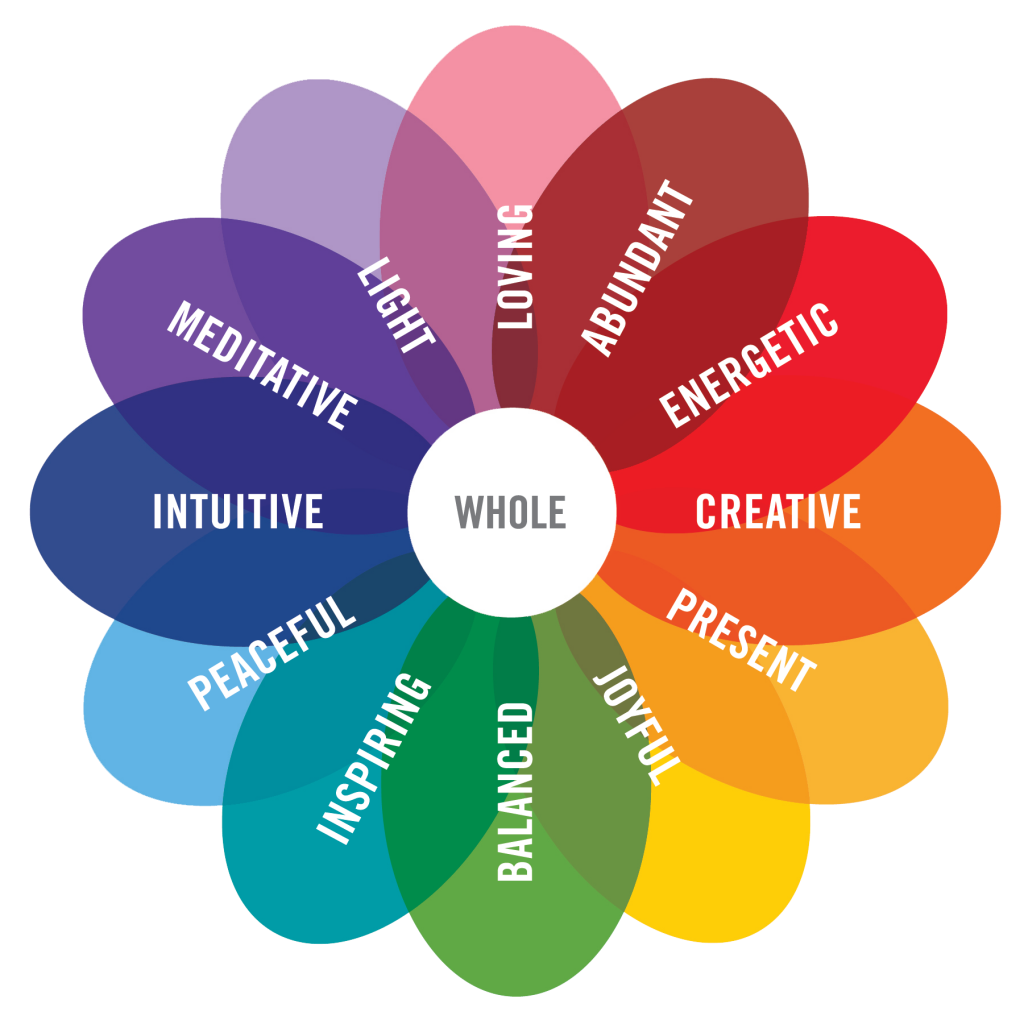- Empty cart.
- Continue Shopping
The Benefits of Color Therapy for Mental Health

Color therapy, also known as chromotherapy, is an alternative healing method that uses color and light to balance energy in the body and mind. While the scientific community remains divided on its efficacy, many people report significant improvements in their mental health after engaging in color therapy.
The Science Behind Color Therapy
Light and Color
Light is a form of electromagnetic energy, and each color has its own wavelength and frequency. The idea behind color therapy is that different colors can stimulate or calm the body’s energy centers, known as chakras, thereby affecting mental and emotional well-being.
Psychological Effects
Colors have been shown to influence mood and emotions. For example, warm colors like red and orange are often associated with excitement and energy, while cool colors like blue and green are linked to calmness and relaxation.
Potential Benefits for Mental Health
Stress Reduction
Colors like blue and green are said to have a calming effect, which can be beneficial for stress reduction. These colors are often used in settings like therapy rooms and hospitals to create a soothing environment.
Improved Mood
Bright colors like yellow and orange are associated with happiness and optimism. Incorporating these colors into your environment or wardrobe may help lift your spirits.
Enhanced Focus and Concentration
Colors like purple and indigo are believed to stimulate the mind and improve focus. These colors are often recommended for study rooms or workspaces.
Emotional Balance
Using a combination of different colors can help balance emotions. For instance, if you’re feeling anxious, a mix of calming blue and uplifting yellow might help you achieve emotional equilibrium.
How to Incorporate Color Therapy into Your Life
Environmental Design
Consider the colors in your living space. You can paint walls, choose furniture, or use lighting to incorporate therapeutic colors.
Clothing Choices
The colors you wear can also impact your mood. Experiment with different colors to see how they affect you emotionally.
Visualization
You can also engage in color visualization exercises where you imagine being enveloped in a particular color to elicit a desired emotional response.
Professional Guidance
Some practitioners specialize in color therapy and can guide you through more structured treatments, often combining it with other forms of therapy like talk therapy or cognitive-behavioral therapy.
Precautions and Limitations
While color therapy is generally considered safe, it’s essential to note that it is not a substitute for professional medical treatment for mental health conditions. Always consult a healthcare provider for a proper diagnosis and treatment plan.
Conclusion
Color therapy offers an intriguing and accessible way to potentially improve mental health. By understanding the psychological effects of different colors and incorporating them into your life, you may find a complementary approach to traditional mental health treatments. However, it’s crucial to consult healthcare professionals for a comprehensive treatment plan tailored to your specific needs.








